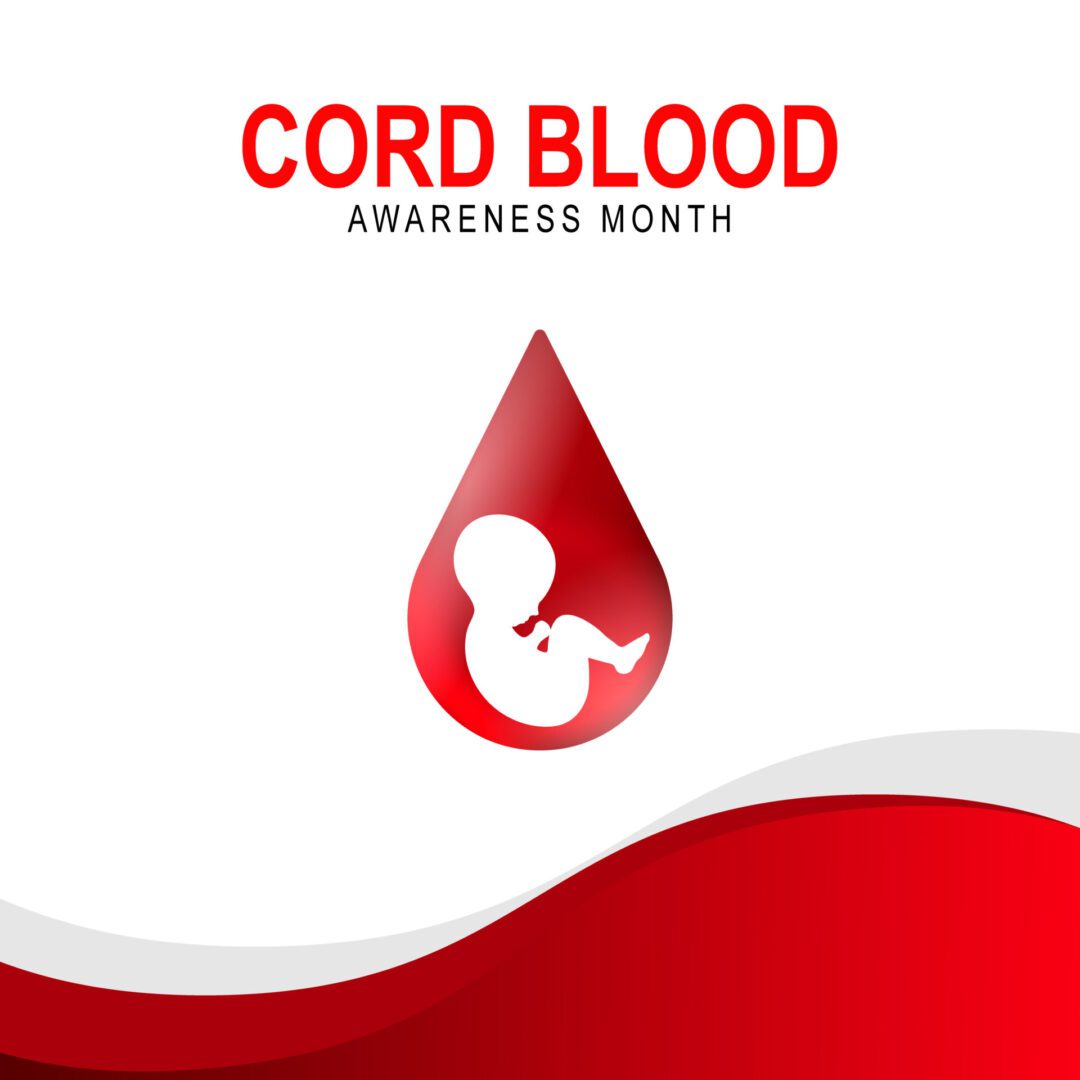Search by Color or Cause


July is National Cord Blood Awareness Month. This month raises awareness among expectant parents about the importance of saving cord blood. It also calls attention to the valuable human cellular tissue products it contains. Cord blood is the term used for the blood collected from the umbilical cord and placenta. For example, it can be collected when a healthy baby is born. Wear a red enamel awareness ribbon pin, red fabric ribbon, or red silicone awareness bracelet to call attention to this important awareness month.
Cord blood banking means preserving the newborn human cellular tissue products found in the blood of the umbilical cord and the placenta. After a baby is born, and even after delayed cord clamping, there is blood remaining in the umbilical cord and placenta. As a result, this blood holds valuable newborn human cellular tissue products.
Parents have two choices pertaining to donating cord blood. Firstly, they can donate to a public bank for free. Secondly, they can pay to store it for their family. The second option is done in a private bank. Cord blood banking includes the whole process from collection through storage of newborn stem cells for future medical purposes. Today, there are nearly eighty conditions that can be treated with cord blood. For example, experimental treatments using cord blood can be used for cerebral palsy and Type 1 Diabetes.
Personalized Cause offers red pins, ribbons and wristbands to represent Cord Blood Awareness Month. Call attention to this national observance by wearing a red ribbon pin, enamel pin, or wristband.
The human cellular tissue products found in umbilical cord blood can be used to cure 80 diseases that include cancers, hereditary anemias, and disorders of the metabolism or immune system. Patients in need of a human cellular tissue products transplant may rely on donated cord blood units. Due to a lack of awareness, over 90% of this life-saving resource is simply discarded as medical waste. To learn more about cord blood banking, visit Parent’s Guide to Cord Blood Foundation at http://parentsguidecordblood.org/en/youngest-donor
The collection process is safe, easy, and painless for both mother and baby and does not interfere with the delivery. After the baby is born, but before the placenta is delivered, a medical professional will clean a 4 to 8 inch area of the umbilical cord with antiseptic solution and insert a needle connected to a blood bag into the umbilical vein. The blood flows into the bag by gravity until the umbilical vein is emptied. The blood bag is clamped, sealed, labeled and shipped by courier to a processing lab. The collection itself typically takes about 2 to 4 minutes.
A newborn’s stem cells have the potential to be used by the child, and, if there’s an adequate match, by siblings and sometimes parents. An adequate match using related cord blood is defined as a 3 of 6 HLA Match. When two people share the same HLAs they are said to be a “match,” which means their tissues are immunologically compatible. A newborn’s cord blood will always be a 100% match for themselves and there is up to a 75% probability of matching for a sibling.
Stem cells have been shown to be viable after more than 20 years of storage and the FDA does not require cryopreserved stem cells to have an expiration date. When stored in an undisturbed manner using liquid nitrogen vapor storage tanks, the stem cells do not age. If preserved and stored correctly, these cells are likely to be used indefinitely.
It is estimated that 1 in 217 people may need a stem cell transplant by the age of 70 using stem cells from the umbilical cord or bone marrow. The odds that someone would use the cells for regenerative medicine have been estimated to be 1 in 3.8.